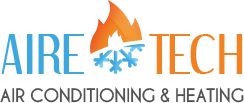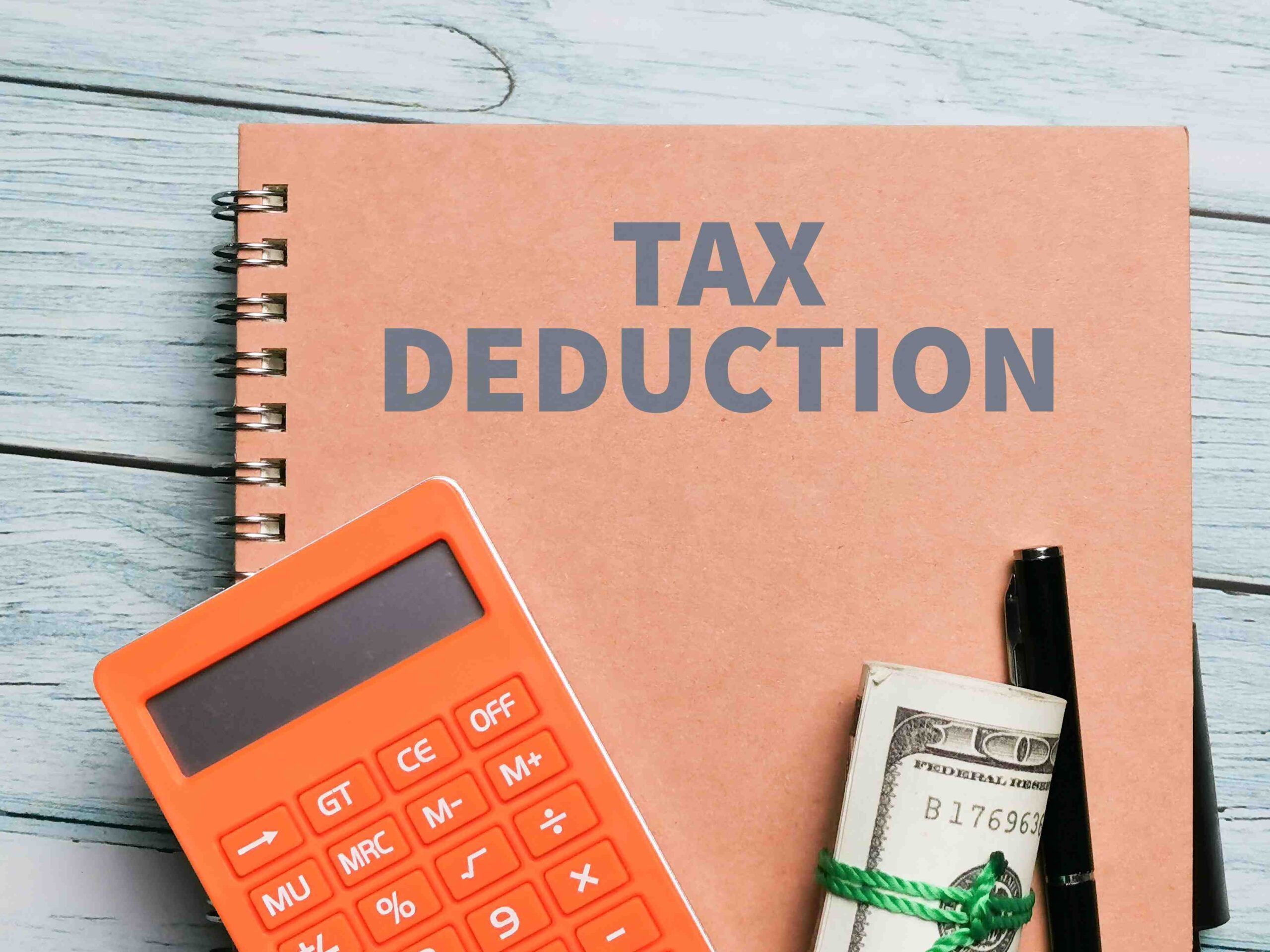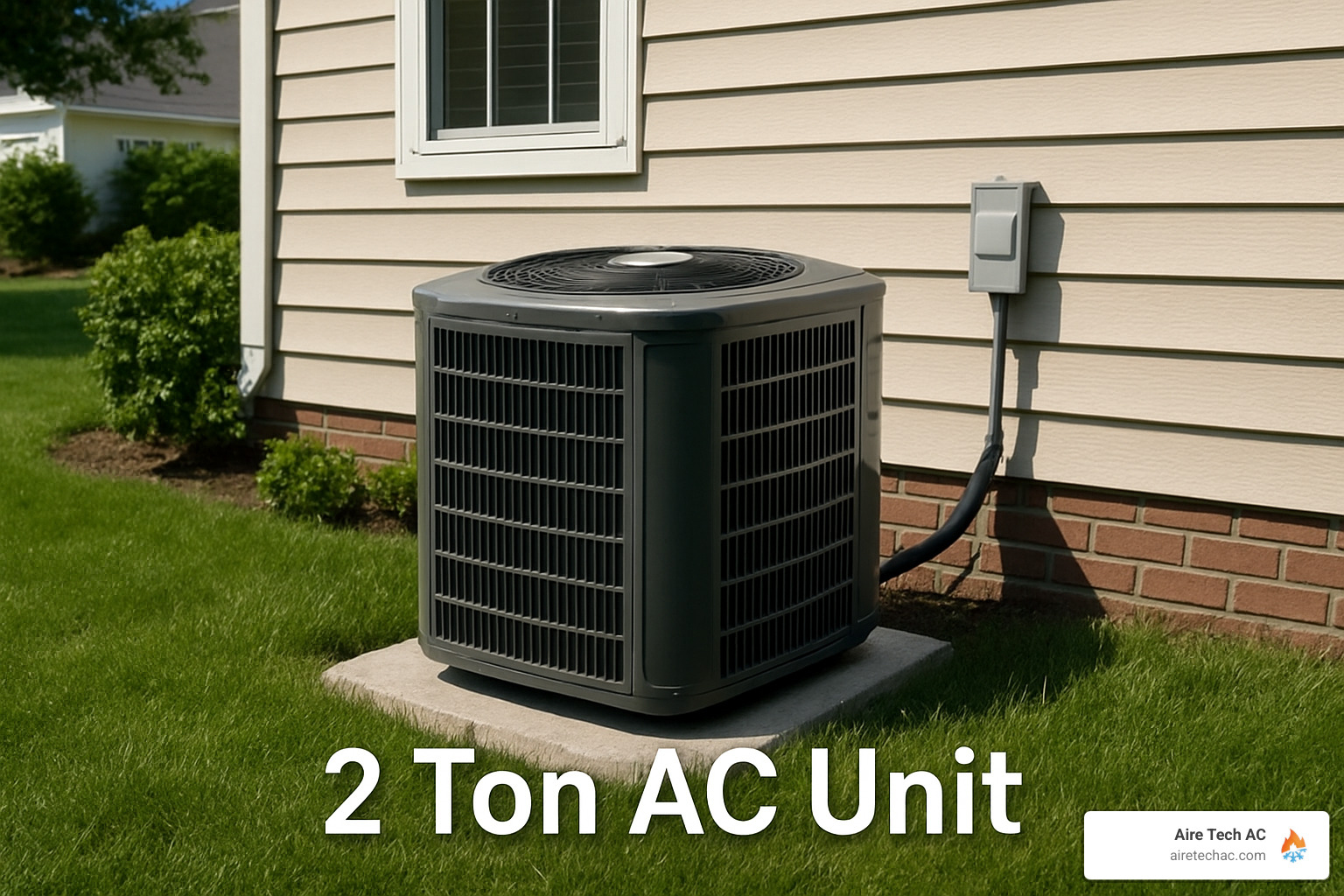When it comes to energy tax credits for HVAC systems in California, homeowners have access to a range of programs designed to ease the financial burden of upgrading to energy-efficient systems. These incentives can help reduce upfront costs, making it more affordable to improve home comfort while also lowering energy consumption. Whether you are looking to install a new HVAC unit, upgrade insulation, or enhance your home’s overall energy efficiency, these programs can provide valuable savings. To quickly understand how you can take advantage of these opportunities, here are some key insights to consider:
- Federal Tax Credits: Access up to $300 for central air conditioners, $150 for gas furnaces, and a substantial 30% credit on heat pump installations thanks to the Inflation Reduction Act.
- State Incentives: California offers rebates such as the Sacramento Utility District’s $3,000 incentive for comprehensive HVAC upgrades and smart thermostat rebates ranging from $50 to $120.
- Upcoming Programs: Prepare for potential savings of up to $14,000 for eligible households with new rebate programs anticipated to start soon.
These financial incentives empower homeowners to accept greener technologies. By switching to energy-efficient HVAC systems, you can enjoy sustained savings on energy bills and contribute to a healthier planet.
Understanding HVAC Energy Tax Credits
Navigating energy tax credits in California might seem daunting at first, but with a clear understanding of the basics, you can unlock substantial savings. By taking advantage of these incentives, homeowners can reduce the upfront cost of upgrading to energy-efficient systems while also reaping the long-term benefits of lower energy bills. From federal tax credits to state-specific rebates and utility company offers, there are multiple ways to save. It is important to understand the eligibility requirements, available programs, and the steps to apply to maximize these opportunities. Let’s break down how you can benefit from these incentives and make your home more energy-efficient while keeping your budget in check.
The Inflation Reduction Act
The Inflation Reduction Act of 2022 is a pivotal piece of legislation aimed at encouraging energy efficiency across the United States. For homeowners in California, this means improved tax incentives for upgrading HVAC systems to more energy-efficient models.
-
Heat Pumps: The Act offers a substantial 30% tax credit on the cost of heat pump installations, up to $2,000. This credit is available through 2032, making it a long-term opportunity for homeowners to save.
-
Energy Efficiency Goals: By supporting upgrades to systems like heat pumps, the Act aims to cut greenhouse gas emissions by 40% by 2030.
Federal and State Tax Incentives: A Double Win
California homeowners can take advantage of both federal and state-level incentives:
-
Federal Tax Credits: Besides the generous credit for heat pumps, homeowners can also claim up to $300 for central air conditioners and $150 for gas furnaces. These credits apply to installations in primary residences only.
-
State Incentives: Programs like the Sacramento Utility District’s Home Performance Program offer rebates up to $3,000 for comprehensive HVAC upgrades. Additionally, smart thermostat rebates range from $50 to $120, depending on your utility provider.
Energy Efficiency: More Than Just Savings
Switching to energy-efficient HVAC systems doesn’t just save money on installation. Over time, these systems reduce energy consumption and lower monthly utility bills.
- ENERGY STAR® Systems: To qualify for these incentives, your new HVAC systems should meet ENERGY STAR® standards. For example, furnaces should have an AFUE rating of 0.90 or higher, while air conditioners need a SEER2 of at least 16.
These incentives not only make upgrading more affordable but also support California’s broader environmental goals. By choosing energy-efficient systems, you contribute to a cleaner planet and enjoy lower energy costs.
Types of HVAC Systems Eligible for Tax Credits
When it comes to claiming energy tax credits for HVAC in California, knowing which systems qualify is key. Let’s explore the types of HVAC systems that can help you save money and boost energy efficiency.
Heat Pumps: A Smart Choice
Heat pumps are a standout choice for homeowners aiming to cut down on energy costs and qualify for tax credits. These systems are highly efficient, often reaching 300% to 400% efficiency. This means they produce more energy than they consume, making them environmentally friendly and cost-effective.
-
Federal Tax Credit: You can claim a 30% tax credit on the cost of installing a heat pump, up to $2,000. This credit is available annually until 2032, offering a long-term opportunity to save.
-
Eligibility: To qualify, ensure your heat pump has a thermal efficiency rating of at least 75%.
Central Air Conditioners: Cool and Efficient
Central air conditioners are another excellent option for energy-efficient upgrades. They can also help you qualify for tax credits, provided they meet certain efficiency criteria.
-
Federal Tax Credit: Starting in 2025, split system central air conditioners must have a SEER2 of 17.0 and an EER2 of 12.0 to qualify for credits.
-
Credit Amount: You can receive a 30% credit on the project cost, up to a maximum of $600.
ENERGY STAR® Systems: The Gold Standard
When selecting HVAC systems, look for the ENERGY STAR® label. These systems meet strict energy efficiency guidelines set by the U.S. Environmental Protection Agency.
-
Why ENERGY STAR®?: Choosing ENERGY STAR® systems ensures you are investing in quality and efficiency, making it easier to qualify for both federal and state incentives.
-
Benefits: These systems not only help you save on installation costs through tax credits but also reduce your monthly utility bills.
How to Claim HVAC Energy Credits in California
Claiming energy tax credits for HVAC in California might seem daunting, but it’s actually quite straightforward if you follow a few key steps. Let’s break it down into simple parts: IRS Form 5695, eligibility criteria, and installation costs.
Step 1: Understand IRS Form 5695
To claim your HVAC energy credits, you’ll need to fill out IRS Form 5695, known as the Residential Energy Credits form. This form is your gateway to federal tax savings on energy-efficient home improvements.
-
What to Include: Make sure to list the type of HVAC system you installed, its efficiency ratings, and the total cost, including installation and labor.
-
When to File: You must submit this form with your annual tax return for the year the system was installed, not purchased.
Step 2: Meet Eligibility Criteria
Not all HVAC installations qualify for tax credits. It’s crucial to ensure your project meets specific criteria:
-
Primary Residence Only: The credits apply only if the HVAC system is installed in your primary residence, not rental properties or new constructions.
-
Efficiency Standards: Your system must meet or exceed the efficiency standards set by the IRS and ENERGY STAR®. For example, heat pumps must have a thermal efficiency of at least 75%.
-
Timing: Installations must occur before December 31, 2032, to qualify under the current guidelines.
Step 3: Calculate Installation Costs
Knowing your eligible installation costs is vital for claiming the correct credit amount. These costs include:
-
Equipment: The price of the HVAC system itself.
-
Labor: Installation and any necessary electrical upgrades are included.
-
Subtract Rebates: If you received any rebates, subtract these from your total costs to determine the eligible amount for the tax credit.
Maximizing Your Tax Savings with HVAC Upgrades
Ready to get the most out of your energy tax credits for HVAC in California? Let’s explore some smart strategies to maximize your savings.
Understand Annual Limits
First, know the limits. The IRS sets an annual cap on the total amount of energy efficiency tax credits you can claim. For example, the overall annual limit is $3,200. This includes:
- $1,200 for home envelope improvements like windows, doors, and insulation.
- $2,000 for specific systems such as heat pumps and biomass stoves.
By understanding these limits, you can plan your upgrades over multiple years to maximize your credits.
Combine Improvements for Bigger Savings
Want to boost your savings? Combine different home improvements. Here’s how:
-
Pair Upgrades: Install a heat pump and upgrade insulation in the same year. This combo can give you a credit up to $3,200.
-
Mix and Match: Consider adding smart thermostats or energy-efficient windows. These not only increase comfort but also boost your tax credit eligibility.
-
Plan Ahead: If you’re thinking about replacing your water heater next year, you can claim another 30% tax credit, up to $2,000, for that upgrade.
Invest in Energy-Efficient Home Improvements
Energy-efficient upgrades don’t just save you money on taxes—they also cut down your energy bills. Here are some top picks:
-
Heat Pumps: These are key for decarbonizing homes and can save you up to $2,000 in tax credits.
-
Smart Thermostats: Eligible for rebates and help you control energy use.
-
High-Efficiency Windows: Reduce energy loss and qualify for tax credits.
The more energy you save, the higher your rebates. The state of California offers programs like the HOMES Pay for Performance Program, which rewards significant energy savings.
Frequently Asked Questions about HVAC Energy Credits
Can I write off a new HVAC system on my taxes?
Yes, you can write off a new HVAC system on your taxes if it meets certain energy efficiency criteria. The IRS Form 5695 is used to claim these credits. That:
- The HVAC system must be installed in a home you own and use as a residence.
- You can claim up to 30% of the installation cost for qualifying systems.
- The annual limit for energy efficiency tax credits is $3,200, including other home improvements.
Consulting a tax advisor can help you steer these requirements and maximize your savings.
What HVAC system qualifies for tax credit 2024?
For 2024, HVAC systems must meet specific energy efficiency standards to qualify for tax credits. Eligible systems include:
- Heat Pumps: Must have a SEER2 rating of at least 15.2 and be ENERGY STAR rated.
- Central Air Conditioners: Need a SEER2 rating of at least 16.
- Gas Furnaces: Must have an AFUE rating of 0.90 or higher.
These qualifications ensure that the systems not only reduce energy consumption but also contribute to California’s zero-carbon goals. Always check the latest guidelines to confirm eligibility before making a purchase.
Call Aire Tech Today!
At Aire Tech AC, we’re committed to helping you make the most of your HVAC installation journey. We understand that upgrading to a new system can feel overwhelming, especially when navigating energy tax credits in California. That’s why our team is here to guide you every step of the way.
Our expertise isn’t just in installing and maintaining top-notch air conditioning systems. We pride ourselves on delivering exceptional customer service, ensuring that your experience with us is smooth and stress-free. Whether you’re in Perris, Anaheim, or any of our other service areas, our goal is to provide you with the best possible service.
Choosing the right HVAC system not only improves your home’s comfort but also offers significant savings through available tax credits and rebates. By opting for energy-efficient systems, you can lower your energy bills and contribute to a greener California.
If you’re ready to explore your options or have any questions about the installation process, don’t hesitate to reach out. Our knowledgeable team is eager to assist you in making informed decisions that maximize your savings and improve your home’s efficiency.
Contact us today and let Aire Tech AC be your trusted partner in achieving a comfortable, energy-efficient home.








